It has never been easier to access the goods and services you need from the comfort of your home. With the tap of a mobile application, you can get virtually anything delivered to your door, from meals and groceries, to flowers and clothing. Delivery is the perfect solution for people who do not like to wait in long lines at the store.
It comes as no surprise then that prescription drug delivery is gaining in popularity. Home delivery not only eliminates the long wait in line at the pharmacy, but it appears to address another significant problem: medication adherence.
Prescription Drug Delivery Boosts Medication Adherence
A collaborative research team conducted a study on the availability of pharmacies in the US and found that pharmacy accessibility and accommodations were king for medication adherence. In other words, people are more likely to take their medicine if the pharmacy is nearby or the pharmacy offers accommodations such as home delivery service or multilingual staff.
Home delivery was especially important for areas with large populations of the elderly or people with ambulatory disabilities. Pharmacies are encouraged to adopt home delivery as the population of the homebound elderly grows.
Retailers Are Jumping into the Game
In recent years, retail pharmacies like CVS Health have partnered with the US postal service to carry out prescription deliveries. Earlier this week, Walgreens announced a new partnership with FedEx to offer the “fastest delivery” on the market.
Over the last decade, there has been an increase in the number of mass retailers who are penetrating the pharmaceutical distribution space. Walmart began talks about acquiring PillPack, a leader in the online pharmacy space, back in April 2016. The successful start-up was eventually bought by Amazon in June, making long-standing drugstore chains shake in their boots at the presence of a new competitor.
In response to the Amazon deal, Walgreens CEO Stefano Pressina told USAToday, “Of course, we are not complacent. We know that we have to change the level of our services to the customers, and we are working quite hard on that direction, but we are not worried.”
For the time being, most stores utilize a similar online platform for drug selection, payment and order tracking.
Where a pharmacy can excel in this highly competitive space is in offering special services or reaching more customers. CVS Health delivers non-prescription drugs such as vitamins, allergy medicine and things for personal care; Walmart offers discounts on generic drugs. Amazon’s existing consumer base combined with PillPack’s license to distribute in 49 US states positions them well to dominate the market.
Not everyone agrees that prescription drug delivery is the solution to all these problems. In a 2016 blog post, pharmacist Dr. Timothy Aungst warned about the pitfalls of prescription drug delivery.
“Patients may not remember to ask questions about their medications, and pharmacists will not be able to provide important patient education and counseling.”


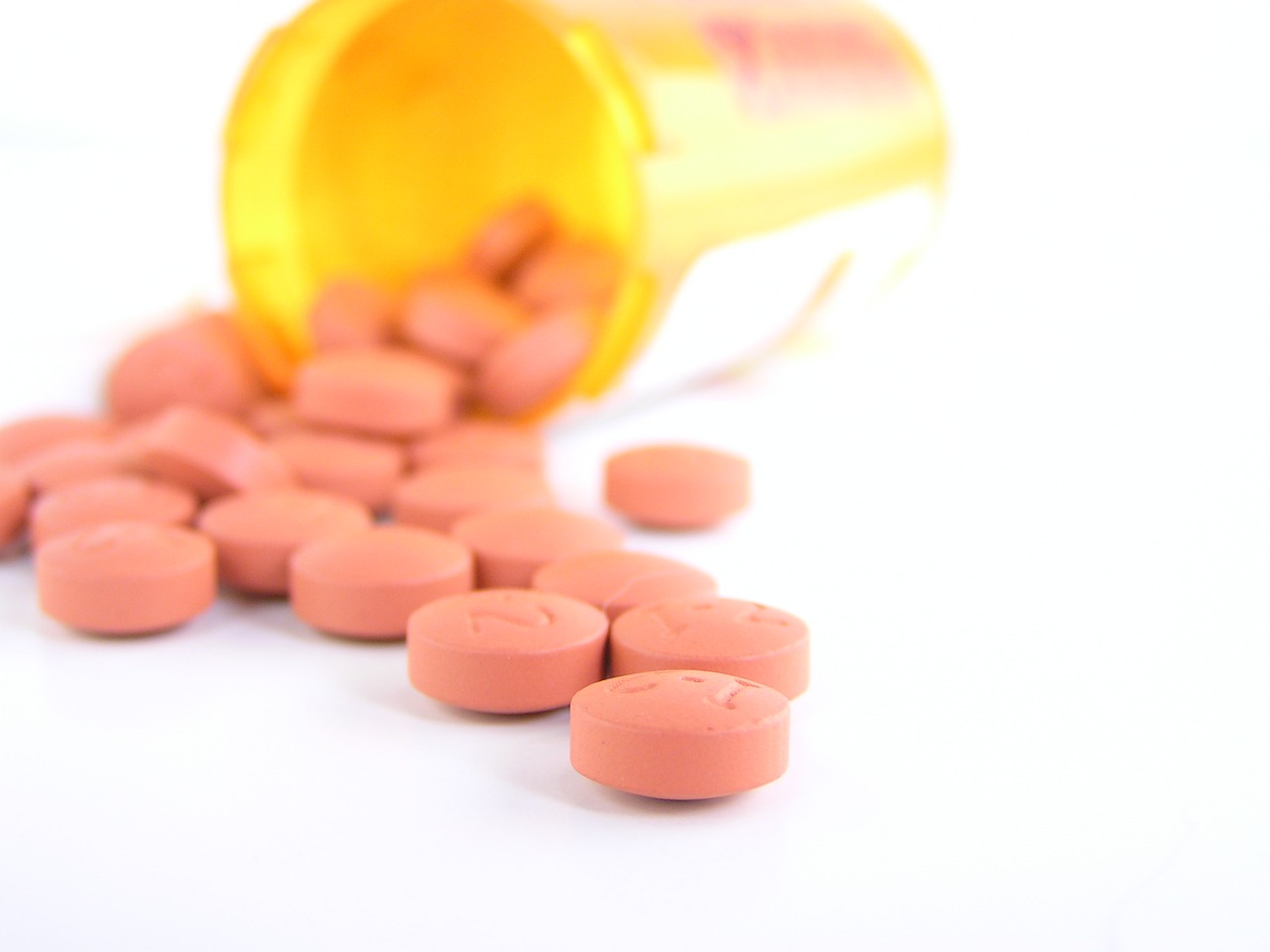
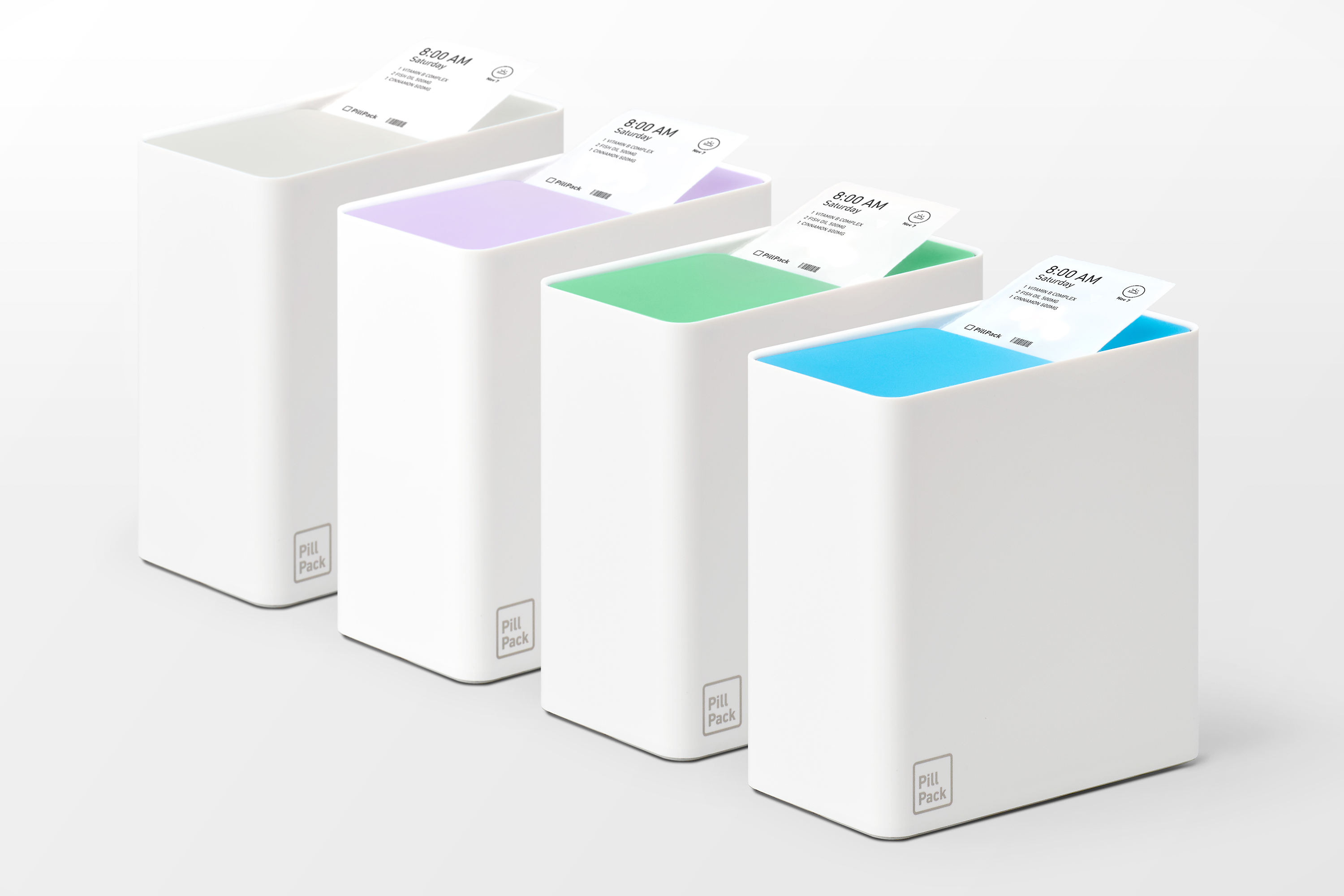
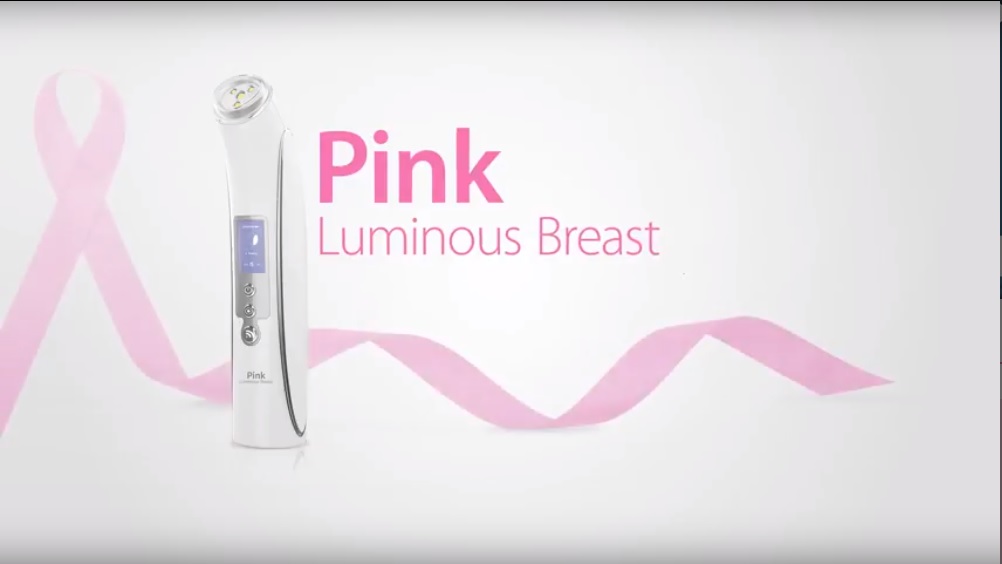
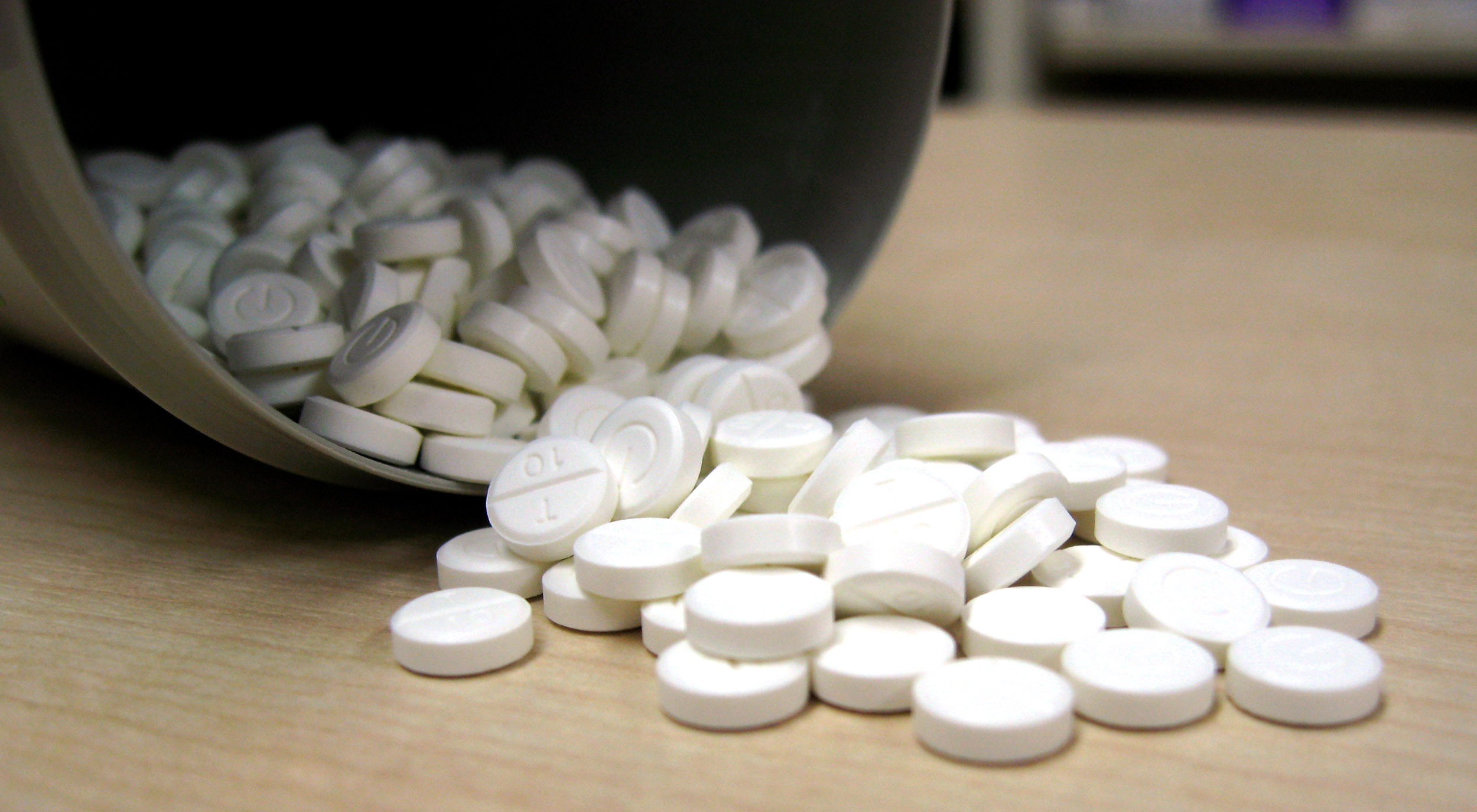
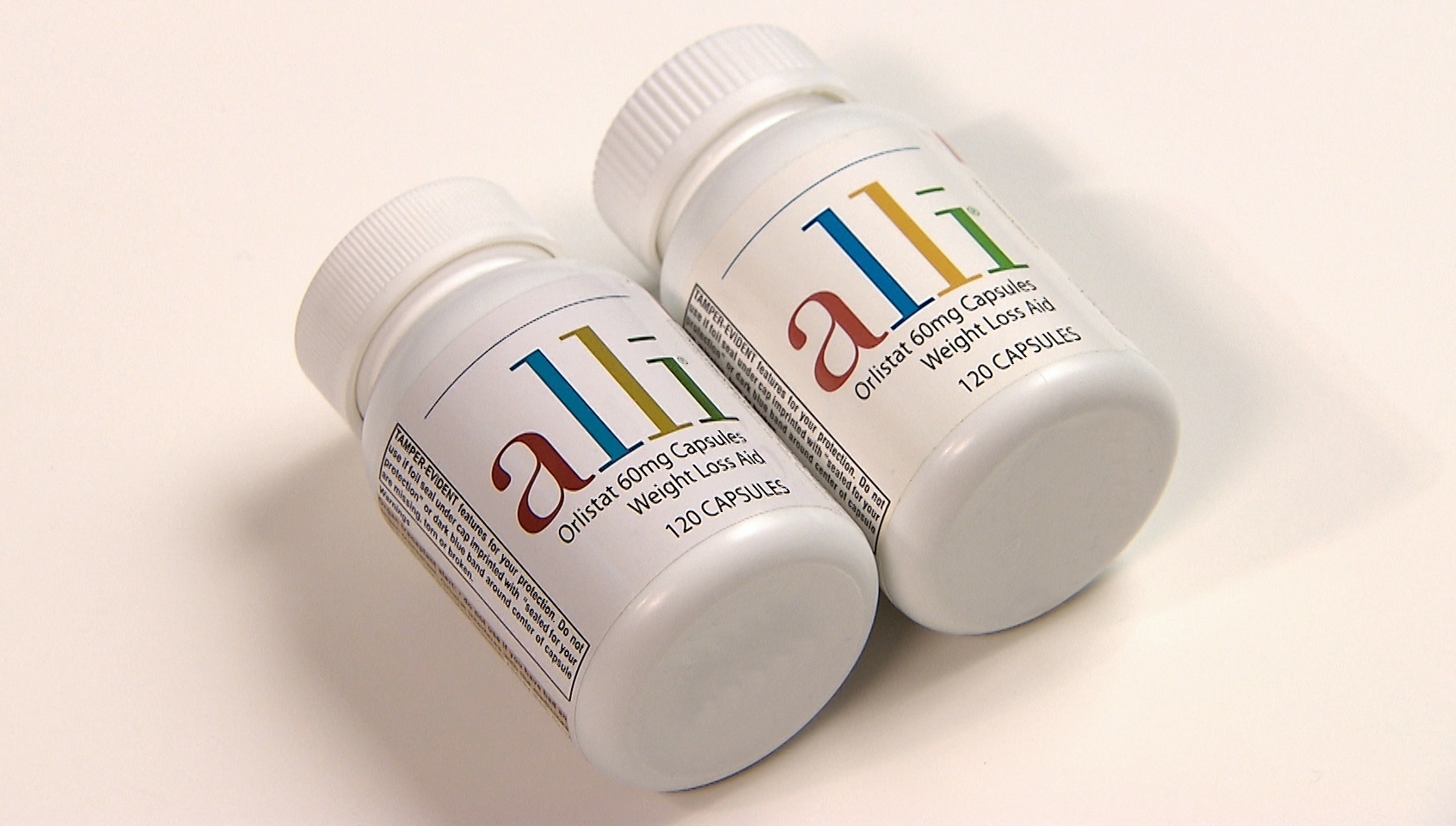





Join or login to leave a comment
JOIN LOGIN